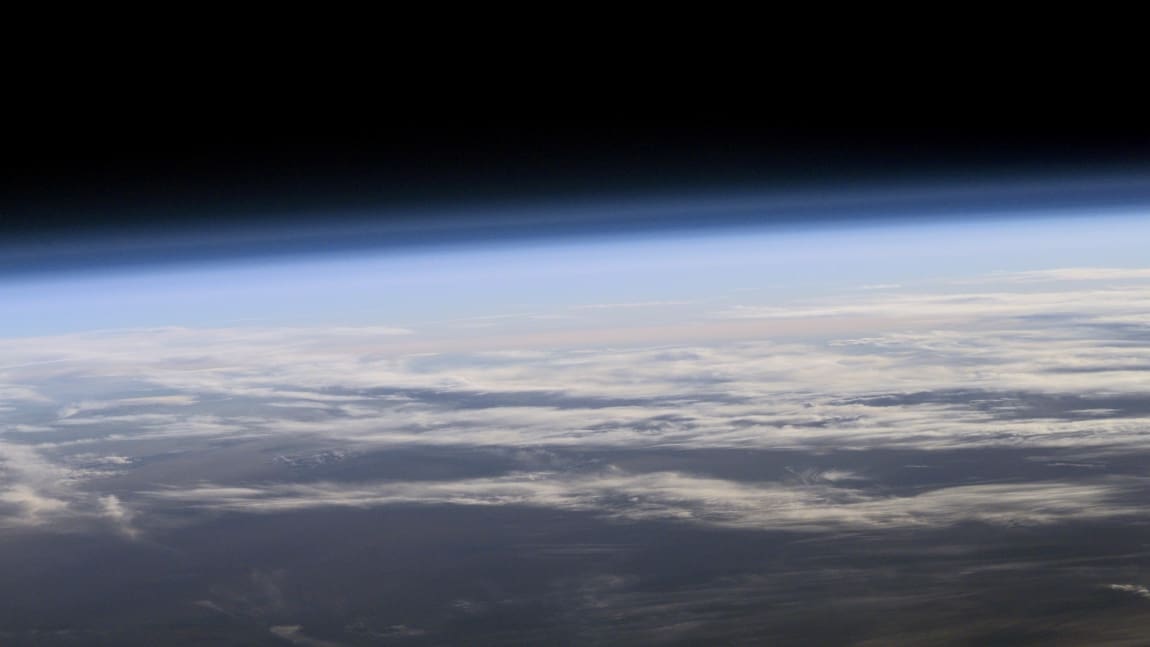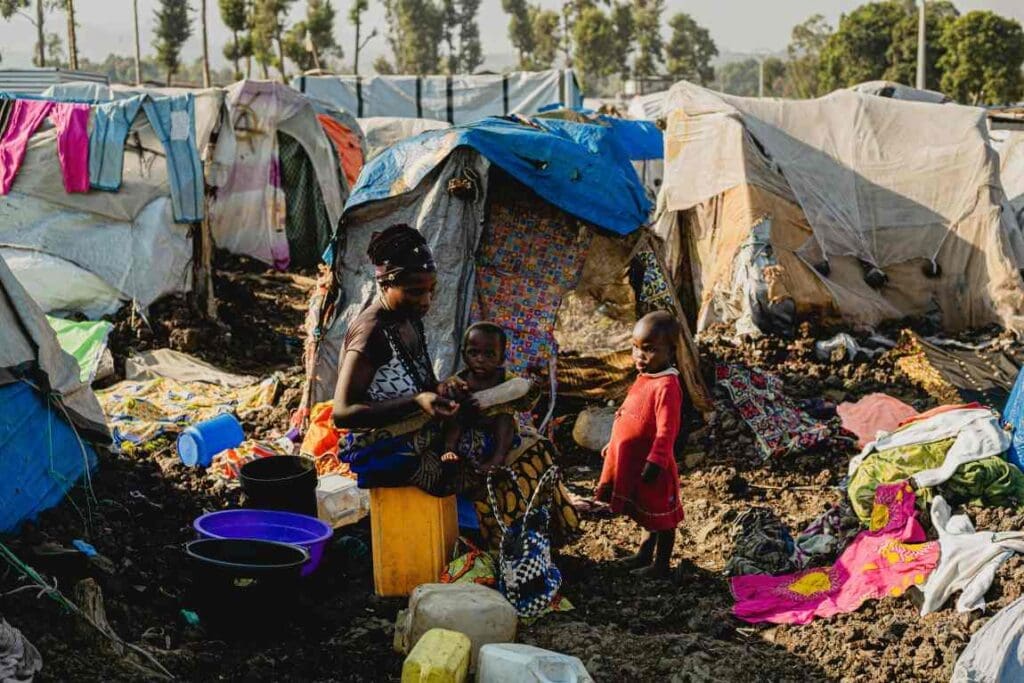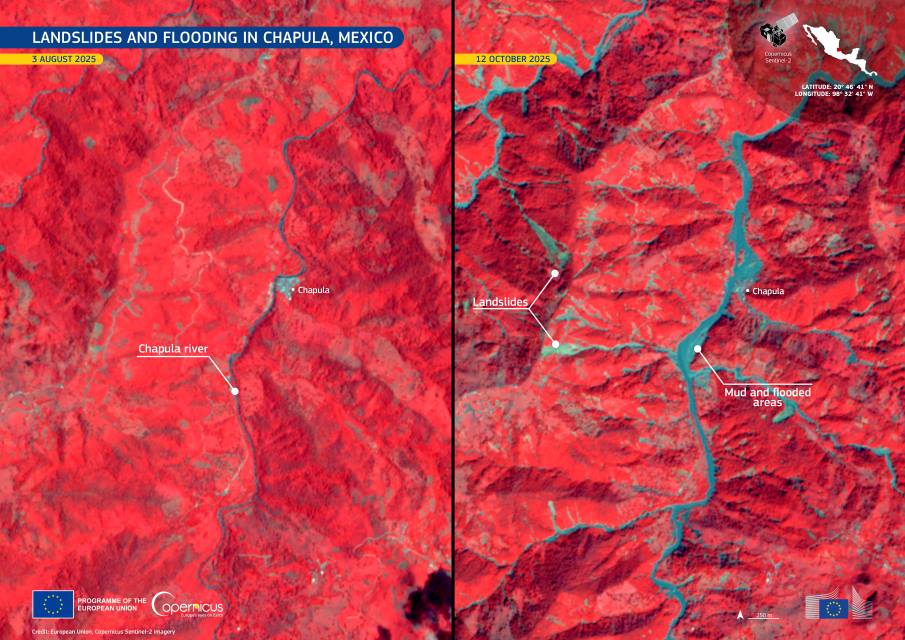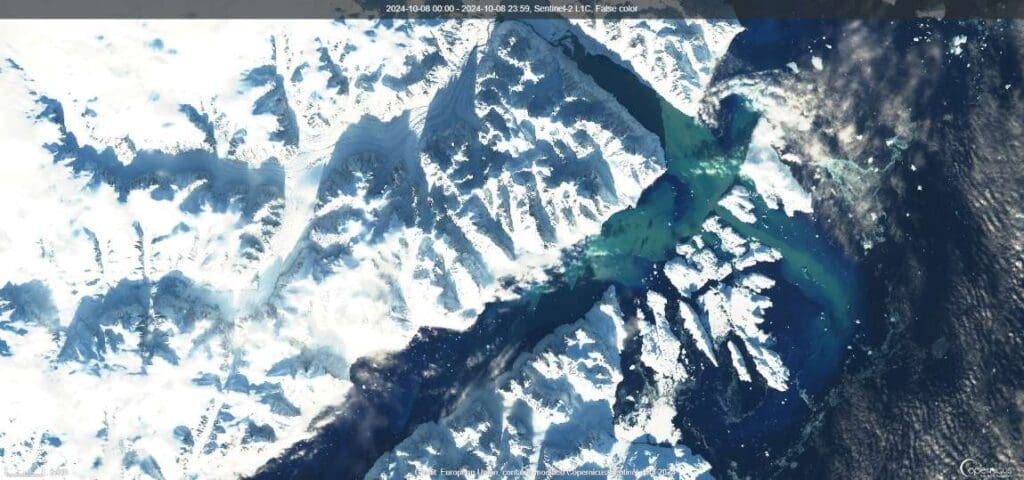The World Meteorological Organization (WMO) has published its annual WMO Ozone and UV Bulletin, coinciding with World Ozone Day 2024. The bulletin provides insights into the status of the ozone layer, the impact of meteorological conditions, and the influence of a major volcanic eruption on the Antarctic ozone hole in 2023. It also highlights that the ozone layer remains on track for long-term recovery, while stressing the importance of continued monitoring.
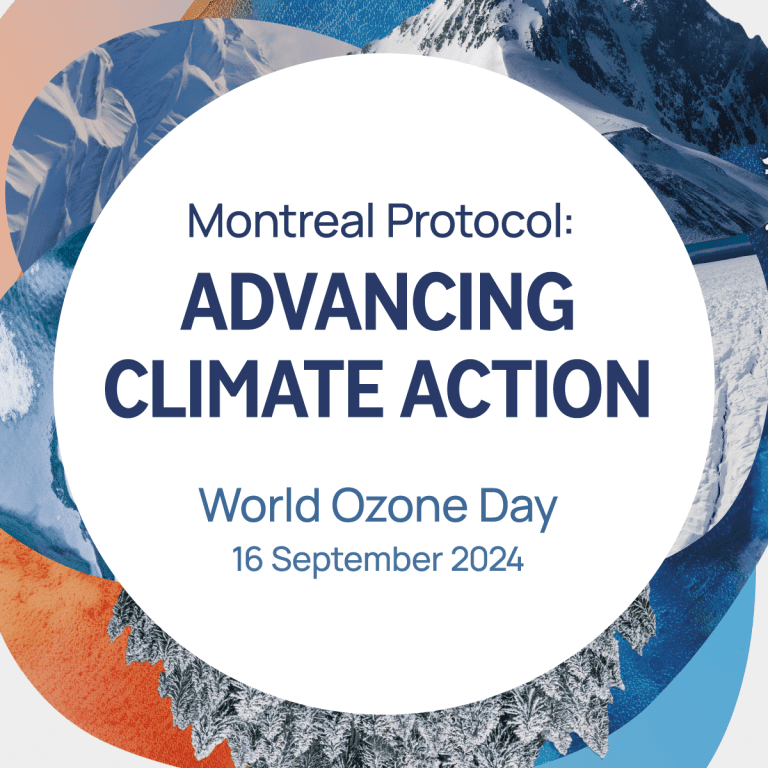
According to the WMO, the atmospheric levels of chlorine and bromine – key components of long-lived ozone-depleting substances – have continued to decline. The bulletin points out that these substances also act as greenhouse gases, making their phaseout a positive step not only for the ozone layer but also for the climate. However, the WMO emphasizes the need for sustained observation efforts to prevent complacency.
Celebrating the Montreal Protocol’s success
This year’s World Ozone Day theme, “Montreal Protocol: Advancing Climate Action,” celebrates the success of the Montreal Protocol, which has led to the phaseout of damaging ozone-depleting substances. The Protocol is recognized as one of the most effective environmental treaties. UN Secretary-General António Guterres praised its achievements, noting:
“The ozone layer, once an ailing patient, is on the road to recovery. At a time when multilateralism is under severe strain, the Montreal Protocol to help protect the ozone layer stands out as a powerful symbol of hope.”
Guterres also called for increased efforts to address climate change through the Kigali Amendment to the Montreal Protocol, which focuses on the reduction of hydrofluorocarbons (HFCs), powerful greenhouse gases. He added that full implementation of the Kigali Amendment could prevent up to 0.5°C of global temperature rise by the end of the century. UNEP Executive Director Inger Andersen echoed Guterres’ call for action.
Ozone layer recovery
If current policies remain in place, the ozone layer is projected to recover to 1980 levels—the time before the ozone hole appeared—by around 2066 over Antarctica, 2045 over the Arctic, and 2040 across the rest of the world. Since 2000, the Antarctic ozone hole has been showing gradual improvement in both area and depth, according to the 2022 scientific assessment jointly supported by UNEP and WMO.
Matt Tully, Chair of WMO’s Scientific Advisory Group on Ozone and Solar UV Radiation, stressed the importance of ongoing scientific research:
“From its inception up to the present day, one of the pillars of the Montreal Protocol has been its foundation in very high-quality science.”
He added that the WMO’s Global Atmosphere Watch (GAW) Programme plays a key role in maintaining the necessary global observations and analysis to track ozone layer recovery.
2023 Antarctic ozone hole
The 2023 Antarctic ozone hole exhibited two notable characteristics: an early onset in late August and a persistence lasting into December. These developments were influenced by the eruption of the Hunga Tonga-Hunga Ha’apai volcano in January 2022, which injected significant water vapor into the stratosphere. While these anomalies created variability in ozone transport, they did not alter the overall trend of ozone recovery.
However, the WMO cautioned that rare atmospheric events can still influence the Antarctic ozone hole and emphasized the need for continued high-resolution monitoring to fully understand these variations.
Ongoing scientific work
The Ozone Research Managers (ORM), who meet every three years to review the state of ozone science and monitoring, met in April 2023 to evaluate progress. Their recommendations highlighted the need for further research into ozone distribution and trends, improvements in global data collection, and enhanced capacity-building efforts. The WMO’s GAW Programme remains central to these efforts.
As the world moves toward full recovery of the ozone layer, the WMO’s bulletin underscores the importance of maintaining the global infrastructure needed for monitoring and understanding the various factors influencing the ozone layer’s future. It also highlights the critical role of multilateral agreements, like the Montreal Protocol, in protecting the environment and advancing climate action.
Article Source:
Press Release/Material by World Meteorological Organization (WMO) | WMO Ozone and UV Bulletin
Featured image credit: NASA | Flickr | CC BY-NC 2.0

